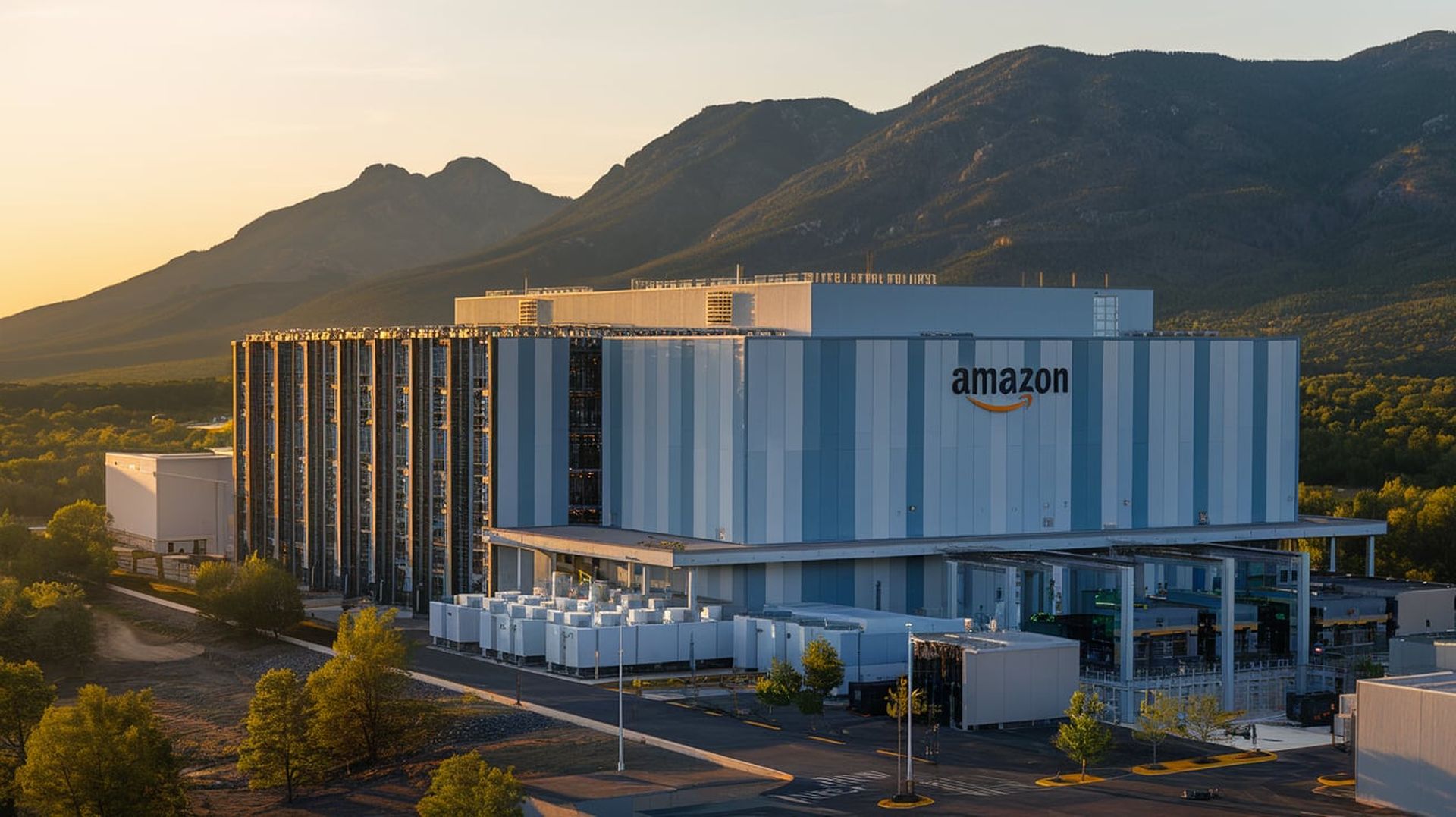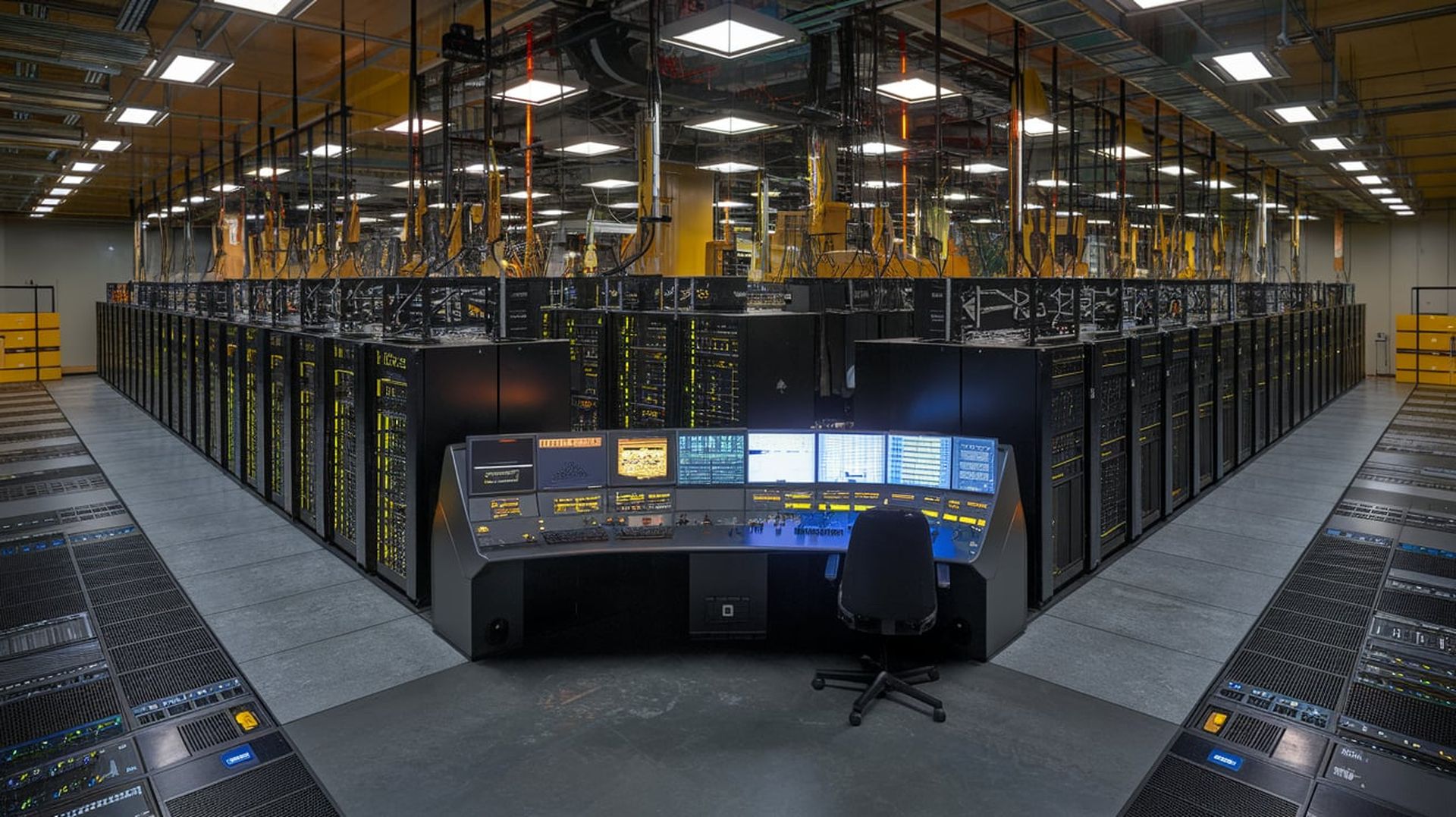and the distribution of digital products.
FERC rejects Amazon’s nuclear data center

Amazon’s plans to power its U.S. data centers with nuclear energy have run into a significant hurdle. The Federal Energy Regulatory Commission (FERC) rejected a deal that would have allowed Amazon to draw more power from the Susquehanna nuclear plant in Pennsylvania. The proposed amendment would have increased the co-located load from 300 to 480 MW, a move that regulators argued could jeopardize grid reliability and potentially increase energy costs for other users.
The decision, made on November 1, followed objections by utility companies American Electric Power (AEP) and Exelon. These companies argued that Amazon’s revised agreement with PJM Interconnection, the regional grid operator, lacked adequate justification and would give preferential treatment to Amazon’s data centers, impacting energy availability and reliability across the grid.
The role of Susquehanna plantThe Susquehanna nuclear plant, operated by Talen Energy, has a 2.5 GW capacity and is located in Pennsylvania. Earlier this year, Amazon acquired the Cumulus data center complex next to the Susquehanna plant for $650 million. Amazon planned to expand the facility, adding over a dozen new data centers for its cloud subsidiary, Amazon Web Services (AWS), over the next decade. This expansion required an increased load capacity, which led to the filing of an amended Interconnection Service Agreement (ISA) with PJM.
However, FERC found the proposed changes to be lacking in necessary evidence to justify such a significant expansion in load capacity. The commission noted that while PJM claimed it could deliver the requested power without impacting grid stability, any demand above the 480 MW mark could cause generation deliverability violations, thereby threatening the stability of the overall power system.
 Amazon’s plans to power its U.S. data centers with nuclear energy have run into a significant hurdle
Concerns about grid reliability
Amazon’s plans to power its U.S. data centers with nuclear energy have run into a significant hurdle
Concerns about grid reliability
Utilities AEP and Exelon expressed concerns regarding the potential implications of Amazon’s plans on grid reliability. They highlighted that there were no clear measures in place to monitor and manage the withdrawal of power from the grid by the data center complex. Furthermore, questions were raised about the fairness of the proposed deal, with AEP and Exelon arguing that it could lead to increased costs for other users of the PJM grid.
Google goes nuclear to supercharge AI data centers
One dissenting opinion came from FERC Chairman Willie L. Phillips, who argued that the order was “a step backward for both electric reliability and national security.” Phillips believed that PJM had adequately addressed reliability concerns in its proposal and warned that the ruling could harm America’s leadership in fields like artificial intelligence that depend on reliable data center infrastructure. On the other hand, Commissioner Mark Christie emphasized that such co-location arrangements present nuanced issues that could have far-reaching impacts on both grid reliability and consumer costs.
Complexities of co-located loadCo-located loads, where large data centers are placed next to power plants to directly access electricity, present a unique set of challenges for the power grid. In this case, PJM and Talen Energy had argued that the co-located load increase could be managed without significant issues. Still, the FERC ruling emphasized the need for more rigorous oversight, noting that PJM had failed to adequately support deviations from existing transmission protocols.
Commissioner Christie pointed out that approving this amendment could set a precedent, allowing similar deals in the future that might further stress the grid. The need to maintain reliability while accommodating growing demands from data centers was a key reason for rejecting the proposal.
 FERC rejected a deal that would have allowed Amazon to draw more power from the Susquehanna nuclear plant
The growing demand for data center power
FERC rejected a deal that would have allowed Amazon to draw more power from the Susquehanna nuclear plant
The growing demand for data center power
The rise of artificial intelligence and cloud computing has driven an enormous increase in the demand for data center capacity. This has led major tech companies, including Amazon, to look for innovative solutions to secure the energy needed to support their operations. Despite regulatory setbacks, Amazon remains committed to expanding its data center footprint. The company has also invested $500 million into the development of small modular reactors (SMRs) to power future facilities.
The rejection of the Susquehanna power deal illustrates the complexities of meeting the energy needs of hyperscale data centers while ensuring grid stability and fair costs for all users. It also highlights the broader challenge of integrating unconventional power arrangements into an already strained power infrastructure.
Commissioner Willie Phillips has called for a more pragmatic approach to co-located loads, suggesting that the current regulatory framework needs to evolve to support innovations like data center and nuclear power co-location. The rejection of the amendment, he argued, missed an opportunity to address growing energy needs in an evolving technological landscape.
Meanwhile, PJM and the broader energy sector are left grappling with how best to integrate these large, unconventional loads into their planning and operations. The debate surrounding Amazon’s proposal may prompt further regulatory changes, as both utilities and data center operators work to address the evolving demands of the energy market.
Image credits: Kerem Gülen/Ideogram
- Home
- About Us
- Write For Us / Submit Content
- Advertising And Affiliates
- Feeds And Syndication
- Contact Us
- Login
- Privacy
All Rights Reserved. Copyright , Central Coast Communications, Inc.